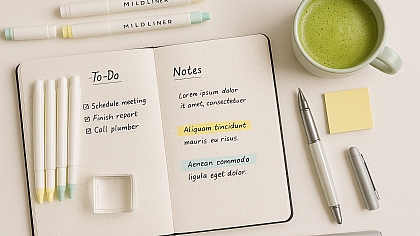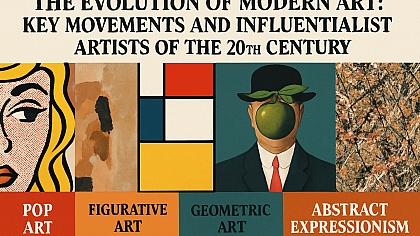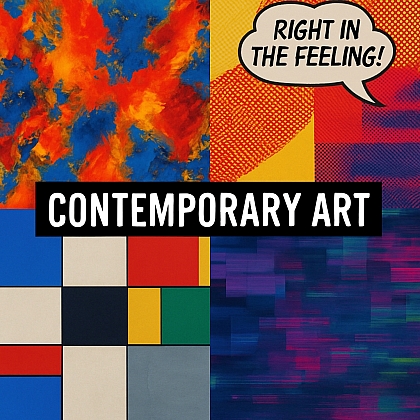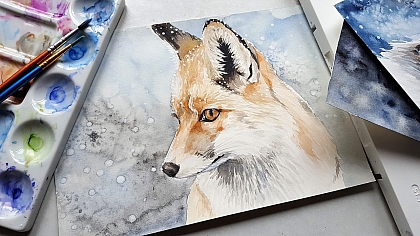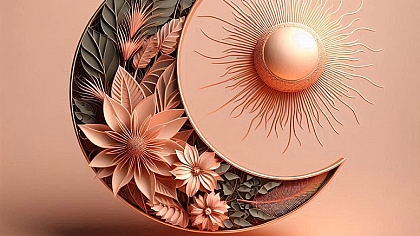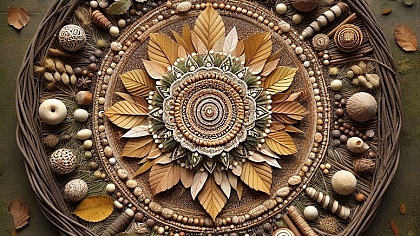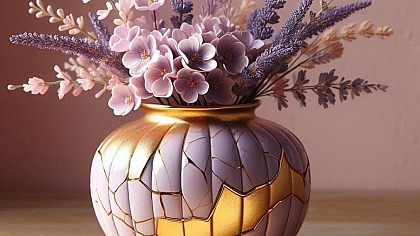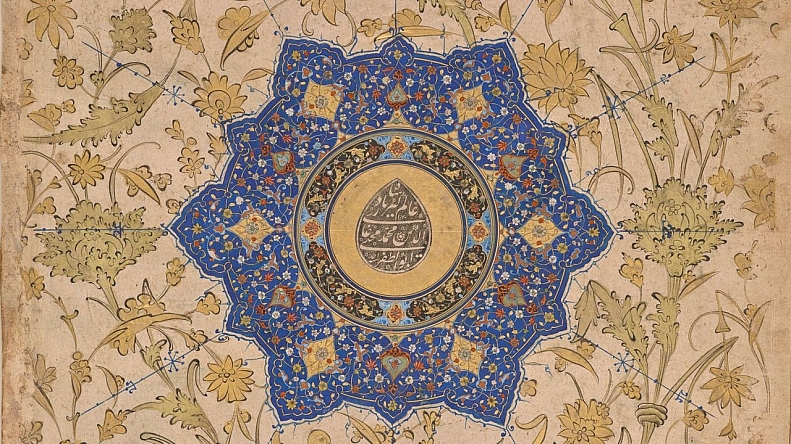
Splendours of Islamic Art: From Origins to Modern Interpretations
Islamic art is a breathtaking illustration of the synthesis of cultural, spiritual, and creative elements. It has, over many years, created the Islamic world. Islamic art has developed into a rich tapestry that shows beautiful geometric patterns. It has mesmerizing calligraphy and breathtaking architectural marvels. It spans across locations, languages, and historical eras.
Get ready to explore the history, development, and contemporary interpretations of Islamic art. It illuminates its ongoing fascination and profound relevance.
The Sources and Influences
Islamic art has its roots in the Islamic faith's religious and cultural background. Islam spread quickly throughout enormous lands. It first appeared on the Arabian Peninsula in the seventh century. It interacts with a variety of aesthetic traditions and influences. Islamic ideas were combined with the aesthetic expressions of diverse pre-Islamic cultures, such as Byzantine, Persian, and Sassanian, to create a unique and developing art style. Madinah Quran Academy is here to polish your skills.
Mathematics and Geometry
The reliance on complex geometric patterns is one of Islamic art's most recognizable characteristics. These designs are used to embellish anything from textiles to buildings. They are based on intricate mathematical concepts.
Islam was born on the Arabian Peninsula in the seventh century and quickly spread throughout large lands. It absorbs a variety of aesthetic traditions and influences. The aesthetic expressions of numerous pre-Islamic cultures. It includes Byzantine, Persian, and Sassanian.
It mingled with Islamic precepts to create a unique and developing art form, both geometry and mathematics. The concentration on elaborate geometric patterns is one of the most recognizable aspects of Islamic art, everything from fabrics to buildings is adorned with these designs.
Artistic Calligraphy
Islamic calligraphy is an art form that captures the spiritual relationship between language and faith. It is more than just a way to express text. Through elaborate designs, a range of styles, and imaginative compositions, the Arabic alphabet that is employed to transcribe the Quran is brought into the realm of the artistic. Walls, books, and other architectural features are adorned with calligraphy. It gives them both aesthetic appeal and deeper meaning.
Nature and Arabesque
Another distinguishing feature of Islamic art is the arabesque. It is characterized by intricately woven patterns drawn from nature. These wavy, plant-like patterns are frequently used in architecture and interior design as a reminder of the wonder and variety of creation.
Masterpiece Structures
Islamic architecture serves as a reminder of the inventiveness, passion, and devotion of artisans throughout the Islamic world. It includes a variety of architectural styles, from the majesty of mosques to the grace of palaces. Madinah Quran Academy helps to learn all these.
The following are some of the most famous architectural wonders:
The Cordoba Great Mosque (Mezquita)
The Great Mosque of Cordoba is a magnificent example of Islamic architecture and is situated in Spain. Its columns decorated with a variety of materials, horseshoe arches, and sophisticated geometric patterns reflect the region's complicated history and intercultural contacts.
India's Taj Mahal
The Indian Taj Mahal, sometimes known as the "crown of palaces," is the height of Islamic design. Its symmetrical layout, beautiful inlay work, and lush gardens perfectly represent the creativity and devotion of the Mughals.
La Alhambra
The Alhambra in Granada, Spain, combines elaborate stucco work, lovely tile mosaics, and tranquil gardens to display the intricate nature of Islamic architecture. It serves as evidence of how art, nature, and architecture may coexist together.
Present-day Interpretations
Islamic art continues to develop and influence modern designers, architects, and painters despite being deeply steeped in tradition. Islamic aesthetic ideals have undergone a vibrant reworking in the 20th and 21st centuries. It leads to creative works that respect history while embracing modern sensibilities.
Currently used Calligraphy
Modern calligraphers are always experimenting with new designs, mediums, and methods. Calligraphy combines ancient beauty with modern sentiments, finding its way into digital art, fashion, and even public settings.
Global and Islamic Design
Islamic motifs and patterns have inspired international fashion and interior design trends. Arabesques, muqarnas (geometric honeycomb-like structures), and elaborate tile patterns are incorporated by designers into anything from textiles to furniture, celebrating the beauty of Islamic art.
Aesthetic Innovations
Modern architects incorporate sustainable design and cutting-edge materials while drawing inspiration from Islamic architectural concepts. Modern mosques and cultural institutions are harmonic fusions of history and modernity that represent the principles of beauty, community, and worship.
Preserving and Restoring
There is a rising understanding of the need to safeguard and defend this cultural heritage as Islamic art continues to develop. Governments, organizations, and institutions are making investments in the preservation and restoration of historic buildings, documents, and artefacts. Islamic texts and art collections can now be accessed by a wider audience, and information will be preserved for upcoming generations thanks to digitization efforts.
Islamic art is a brilliant mosaic that embodies the best of culture, religion, and artistic expression. Islamic art has endured the test of time. People from all different countries and generations continue to be inspired, educated, and captivated by its beautiful geometric designs, mesmerizing calligraphy, and astounding architecture.
We celebrate the power of art to cross divides, break down barriers, and leave a lasting imprint on the history of humanity as we awe at the splendours of Islamic art.
